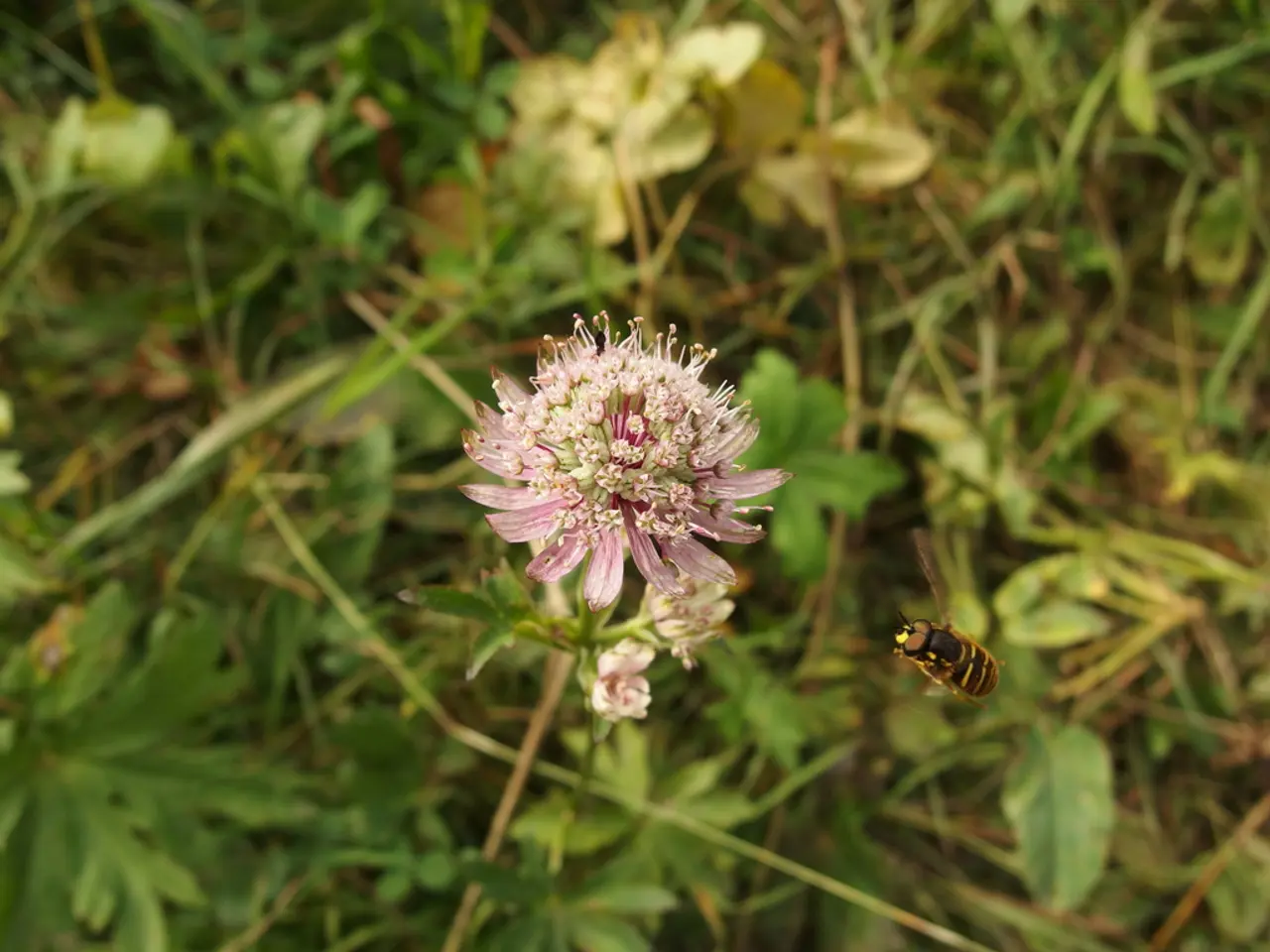Harmless-seeming Garden Pests that Can Cause Destruction to Your Vegetation
==========================================================
Garden pests can pose a significant threat to the health and productivity of your garden, especially during certain seasons and when specific crops are planted. Understanding the types of pests you may encounter and their damaging effects is crucial in making informed decisions about treatment and prevention methods.
Identifying and Controlling Common Pests
Aphids
Small, sap-sucking insects, aphids cluster on new growth and can stunt plant growth by sucking fluid from leaves, causing them to brown and look distorted. They also spread viral diseases. Aphids can be managed by spraying them off with water, squishing them by hand, or attracting natural predators like lady beetles through planting marigolds, echinacea, dill, and yarrow.
Flea Beetles
These pests chew small holes in leaves, especially in crops like cauliflower and cabbage. Methods for controlling flea beetles include hand removal, using row covers to exclude them, and encouraging beneficial insects.
Cabbage Worms/Loopers
Green caterpillars that cause large ragged holes in brassicas (cabbage, broccoli), cabbage worms/loopers can be controlled by hand-picking, using floating row covers to prevent egg-laying, applying Bacillus thuringiensis (Bt) spray, planting trap crops like mustard, and companion planting with rosemary, thyme, or mint to deter moths.
Whiteflies and Mealybugs
Sap feeders that leave sticky honeydew, which promotes sooty mold, whiteflies and mealybugs can be spotted by sticky or sooty leaves. Manage these pests by washing insects off, controlling ants that farm these pests, and encouraging natural predators.
Tobacco Hornworm
Large caterpillars that devastate tomatoes, control of tobacco hornworm involves hand-picking and encouraging natural predators.
Effective Control Practices
Physical/Cultural Controls
Hand-picking pests, washing plants with water, using traps and row covers, proper watering, spacing, pruning, and avoiding overfertilization to maintain plant health that resists pests are all important physical and cultural control methods.
Biological Controls
The use of beneficial insects (lady beetles, parasitic wasps), biological agents like Bacillus thuringiensis (Bt), and beneficial nematodes to target specific pests without harming beneficial organisms is a key aspect of biological control.
Chemical Controls
Chemical controls should be used only as a last resort and always following label instructions. Even natural pesticides can harm pollinators and pets.
General Pest Management Strategies
Monitoring and early detection by observing symptoms—sticky residue, leaf distortion, holes, discoloration—is crucial for timely intervention. Encouraging biodiversity in the garden by planting pest-repellent or predator-attracting flowers like cosmos, dill, fennel, and yarrow also helps maintain a balanced ecosystem.
An integrated pest management approach minimizes chemical use and promotes sustainable, safe control of common garden pests.
Sources: 1. National Gardening Association 2. University of California Agriculture and Natural Resources 3. Cornell University Extension 4. Mississippi State University Extension 5. University of Florida IFAS Extension
- To maintain a balanced ecosystem and promote a healthy lifestyle, plant decorative flowers like cosmos, dill, fennel, and yarrow in your home-and-garden as they act as natural repellents for pests.
- When gardening, be mindful of the types of soil and vegetables you use, as specific crops like cauliflower and cabbage are susceptible to damage from flea beetles.
- In the garden, integrate physical and cultural controls such as hand-picking pests, pruning, and maintaining proper watering into your lifestyle to reduce the need for chemical pesticides, fostering a sustainable and safe environment for both plants and beneficial organisms.




